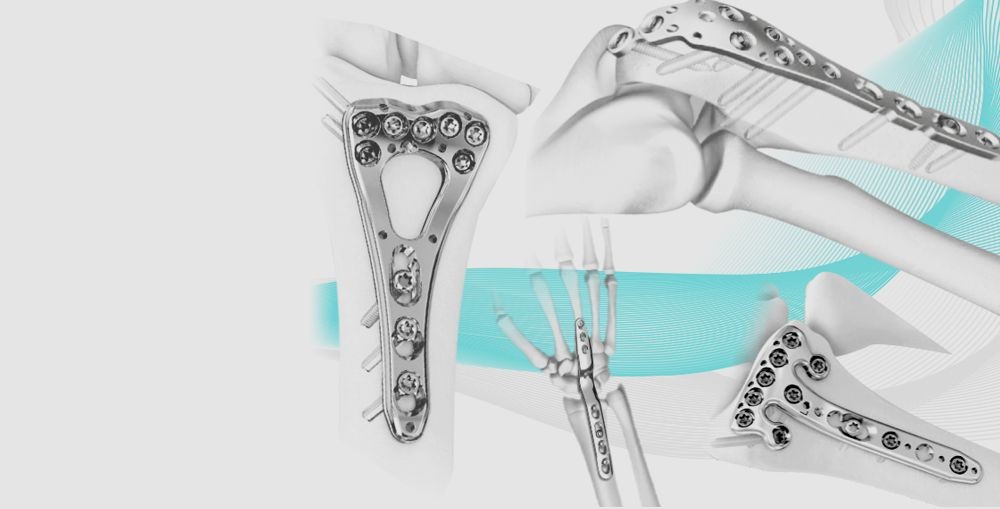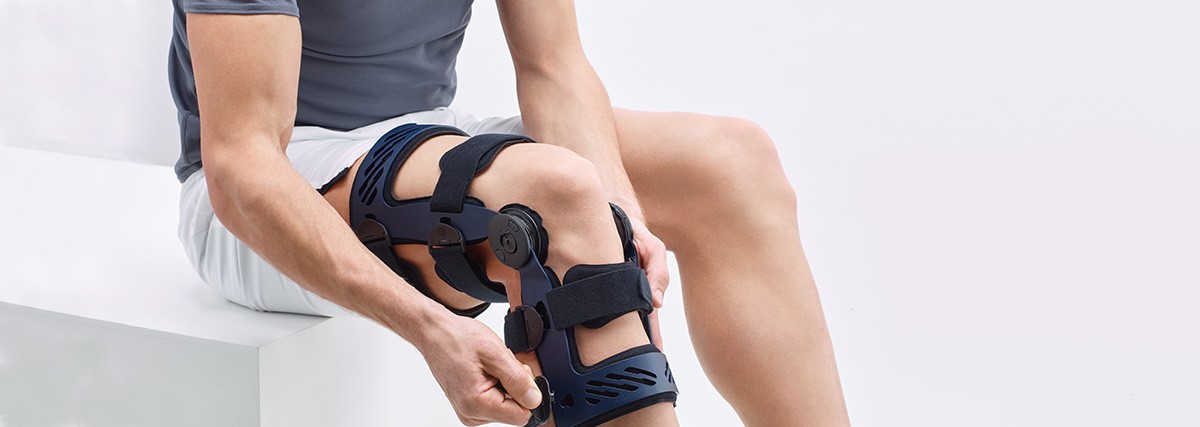The field of orthopedics has always been at the forefront of medical innovation, constantly evolving to meet the needs of patients and improve their quality of life. As we step into 2024, the landscape of orthopedic devices is witnessing remarkable advancements. These innovations are not only enhancing the effectiveness of treatments but also providing new avenues for patient recovery and rehabilitation. In this article, we will explore the top orthopedic devices innovations that are set to make a significant impact in 2024.
Smart Orthopedic Implants
One of the most groundbreaking orthopedic devices innovations in 2024 is the advent of smart orthopedic implants. These implants are embedded with sensors that can monitor various parameters such as load, temperature, and movement. The data collected from these sensors can be transmitted to healthcare providers in real-time, allowing for continuous monitoring of the implant’s performance and the patient’s recovery progress.
Smart implants can help identify potential issues such as implant loosening or infection at an early stage, enabling timely intervention. This innovation is particularly beneficial for patients undergoing joint replacement surgeries, as it can significantly reduce the risk of complications and improve long-term outcomes.
3D-Printed Orthopedic Devices
3D printing technology has revolutionized the manufacturing of orthopedic devices, and its impact continues to grow in 2024. The ability to create customized implants and prosthetics tailored to the unique anatomy of each patient is a game-changer in orthopedic care. 3D-printed orthopedic devices offer several advantages, including improved fit, reduced surgery time, and faster recovery.
In addition to implants and prosthetics, 3D printing is also being used to produce surgical guides and instruments. These customized tools enhance the precision of surgical procedures, leading to better outcomes for patients. As the technology advances, we can expect to see even more sophisticated and patient-specific orthopedic devices being developed.
Biodegradable Implants
Traditional metal and plastic implants have been the standard in orthopedic surgery for decades. However, the introduction of biodegradable implants is one of the most exciting orthopedic devices innovations in recent years. These implants are made from materials that gradually dissolve and are absorbed by the body, eliminating the need for a second surgery to remove them.
Biodegradable implants are particularly useful in pediatric orthopedics, where the growing bones of children require special consideration. These implants provide the necessary support during the healing process and then naturally disappear, allowing the child’s bones to develop without interference. This innovation not only reduces the risk of complications but also minimizes the overall healthcare burden.

Robotic-Assisted Surgery
Robotic-assisted surgery has been making waves in various medical fields, and orthopedics is no exception. In 2024, the integration of robotics in orthopedic procedures is becoming more prevalent. Robotic systems offer unparalleled precision and control, allowing surgeons to perform complex surgeries with greater accuracy.
One of the key benefits of robotic-assisted surgery is the ability to create a personalized surgical plan based on the patient’s unique anatomy. The robot can then execute the plan with minimal deviation, resulting in improved alignment and positioning of implants. This leads to better functional outcomes and faster recovery for patients.
Advanced Wearable Devices
Wearable technology has come a long way, and its applications in orthopedics are expanding rapidly. Advanced wearable devices are now being used to monitor patients’ physical activity, gait, and rehabilitation progress. These devices can provide valuable insights into the patient’s recovery and help healthcare providers tailor their treatment plans accordingly.
In 2024, we are seeing the development of more sophisticated wearable devices that can track a wide range of parameters, including joint angles, muscle activity, and even pain levels. These devices are not only useful for post-operative care but also for managing chronic orthopedic conditions such as arthritis. By providing real-time data, wearable devices empower patients to take an active role in their recovery and make informed decisions about their health.
Regenerative Medicine and Tissue Engineering
Regenerative medicine and tissue engineering are transforming the field of orthopedics by offering new possibilities for repairing and regenerating damaged tissues. In 2024, we are witnessing significant advancements in this area, with the development of innovative orthopedic devices that incorporate bioactive materials and growth factors.
These devices can stimulate the body’s natural healing processes, promoting the regeneration of bone, cartilage, and other tissues. For example, bioactive scaffolds can be used to support the growth of new bone in cases of fractures or bone defects. Similarly, injectable hydrogels loaded with growth factors can be used to repair damaged cartilage in joints. These regenerative approaches hold great promise for improving the outcomes of orthopedic treatments and reducing the need for invasive surgeries.
Artificial Intelligence and Machine Learning
Artificial intelligence (AI) and machine learning (ML) are revolutionizing the way orthopedic care is delivered. In 2024, these technologies are being integrated into various aspects of orthopedic devices, from diagnosis and treatment planning to post-operative care.
AI algorithms can analyze medical images and patient data to assist in the diagnosis of orthopedic conditions and the planning of surgical procedures. Machine learning models can predict patient outcomes and identify potential complications, enabling healthcare providers to make more informed decisions. Additionally, AI-powered rehabilitation platforms can provide personalized exercise programs and real-time feedback to patients, enhancing their recovery process.
Minimally Invasive Surgical Techniques
Minimally invasive surgical techniques have been a major focus in orthopedics for several years, and the trend continues in 2024. These techniques offer numerous benefits, including smaller incisions, reduced blood loss, and faster recovery times. The development of specialized orthopedic devices for minimally invasive procedures is driving this innovation forward.
For instance, advanced endoscopic instruments and arthroscopic tools allow surgeons to perform complex procedures through tiny incisions, minimizing trauma to surrounding tissues. This approach is particularly beneficial for joint surgeries, such as knee and shoulder arthroscopy, where precision and minimal disruption are crucial for successful outcomes.
Conclusion
The orthopedic devices innovations of 2024 are poised to revolutionize the field of orthopedics, offering new possibilities for patient care and treatment. From smart implants and 3D-printed devices to regenerative medicine and AI-powered solutions, these advancements are enhancing the effectiveness of orthopedic treatments and improving patient outcomes.
As technology continues to evolve, we can expect even more exciting developments in the years to come. The integration of these innovations into clinical practice will undoubtedly lead to better quality of life for patients and pave the way for a new era of orthopedic care.




